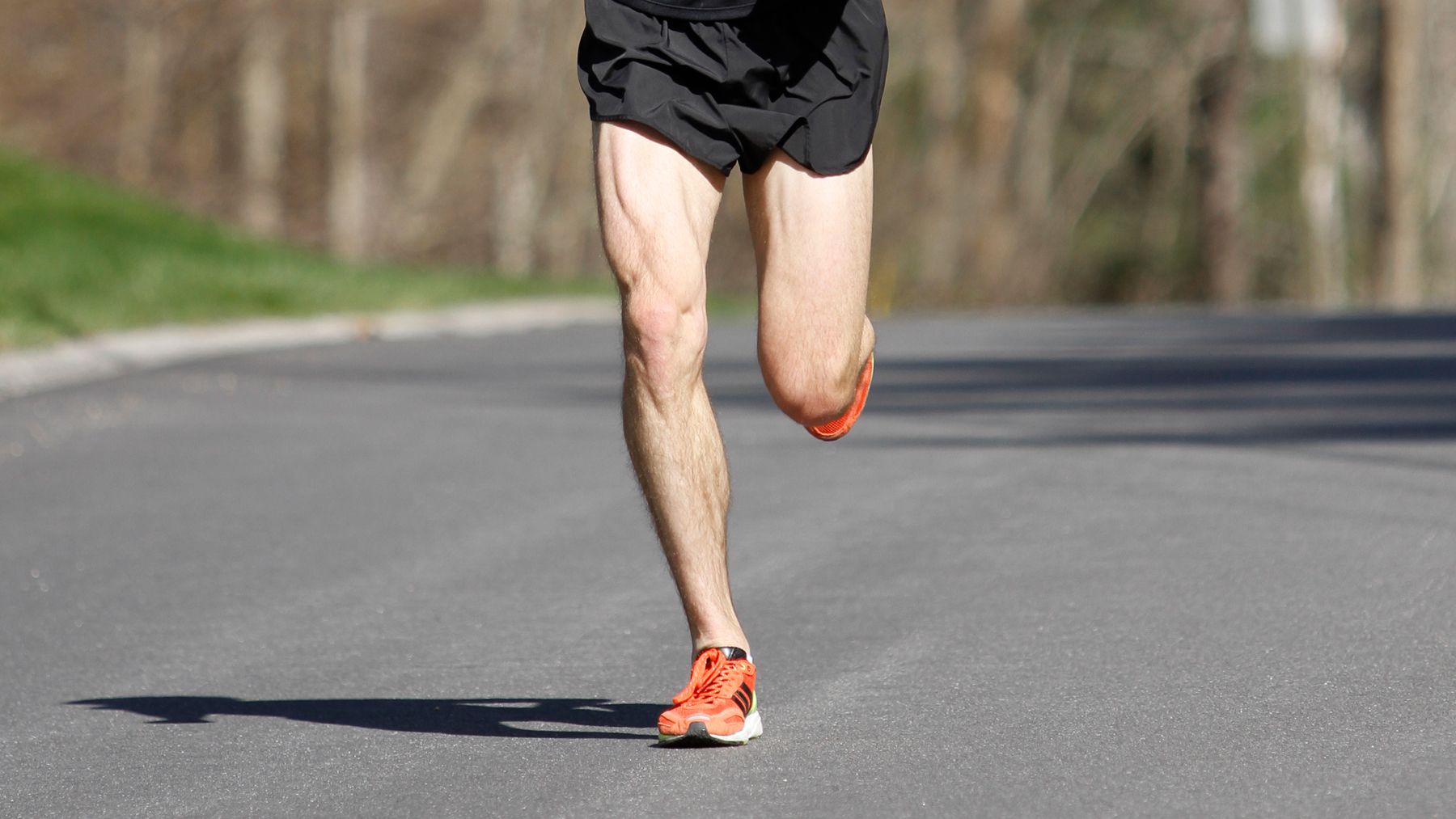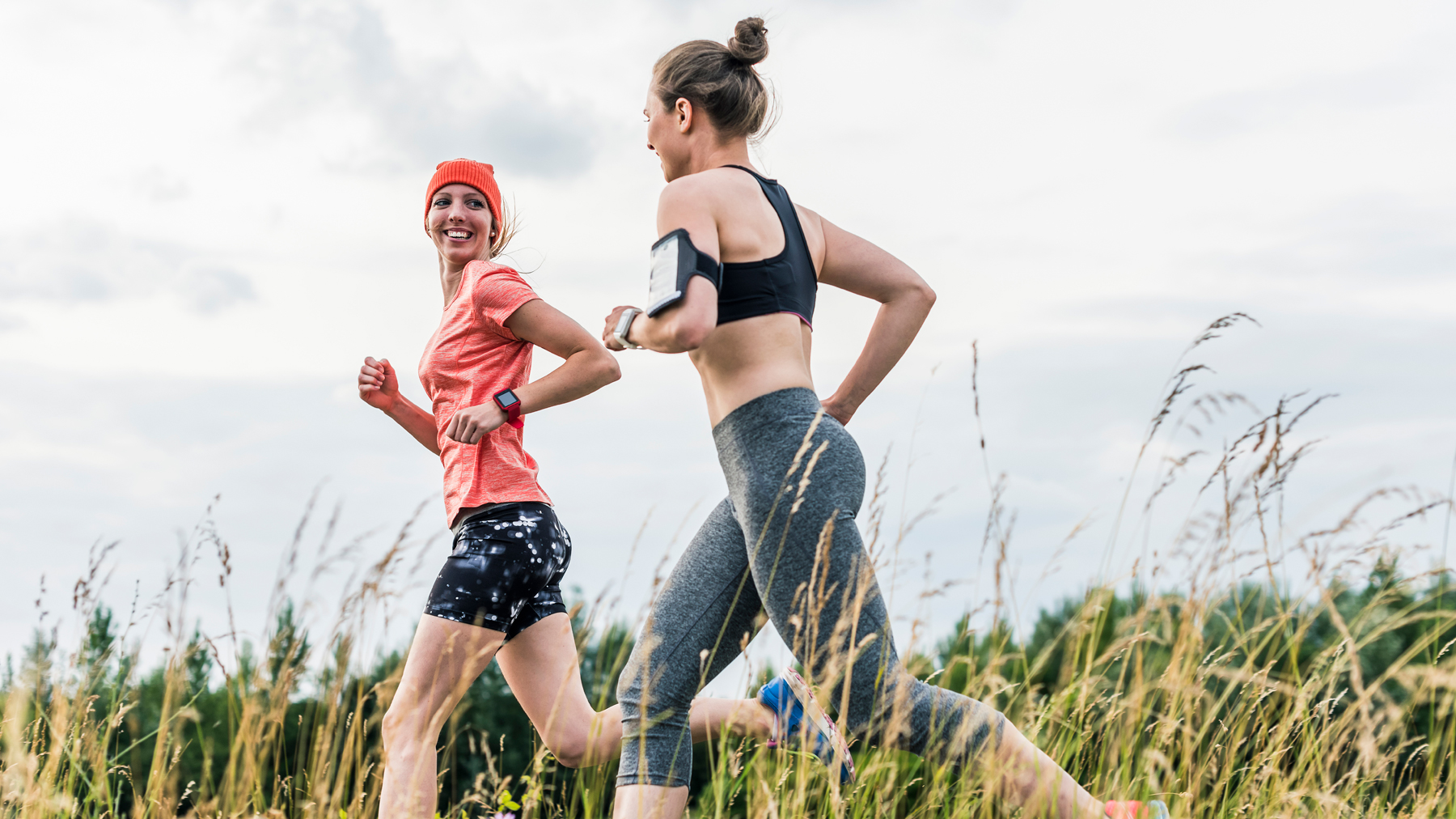Want bigger quads? HIIT-style running can help improve leg muscle, study finds
If you are looking to build more muscle in your legs then swap long runs with shorter interval sessions for better results


If you're looking to grow bigger muscles in your quads, you might've been led to believe that the longer you run the more your leg muscles will grow. But research suggests that shorter interval-style runs, completed at a higher intensity might be key to increasing muscle size.
Anyone who has bought a brand new pair of running sneaks will have gathered just how many different forms of running there are. Many of the best running shoes for men and the best running shoes for women are designed specifically for one type of running such as trail running, distance running, or speedrunning.
It might be time you lace up a pair of speedrunning trainers if building greater strength and muscle mass is a goal of yours this year. A review published in the International Journal of Exercise Science concluded that running in the style of high-intensity interval training (HIIT) can be an effective mode of fitness for increasing the muscle size of the quadriceps.
To put this to the test, researchers recruited 12 college students that hadn't taken part in any endurance or strength training six months prior to the study, but were all recreationally active. They had to complete three HIIT running sessions a week for ten weeks. The training had the students perform four sets of running at near maximum capacity for four minutes, followed by three minutes of active rest.
After ten weeks, the participants showed an almost 11% increase in the muscle fiber area of their quad muscles, compared to a control group.

While long runs will increase the strength and stamina of your leg muscles, they can also increase muscle protein breakdown, which is when your body loses protein as a result of exercise. This has a knock-on effect on muscle growth.
Another research paper published in the Journal of Physical Therapy Science studied a group of 30 male amateur runners who were put in groups and asked to run different distances including 6.2, 13, or 26.1 miles. Afterward, every group reported evident increases in markers of muscle damage.
Start your week with achievable workout ideas, health tips and wellbeing advice in your inbox.
The results of this study suggest that long-distance running can lead to increased muscle damage, hindering muscle growth as a result.
Nonetheless, if you enjoy getting up on the weekend to run a 10K or more, you can still do this and achieve muscular hypertrophy in your legs. It just means you really should be complementing your runs with proper diet and nutrition. Eating lots of protein-packed foods will both build and repair your muscles. You can always add one of the best protein powders for women to a post-run shake if you are trying to up your protein intake.
Resistance training is also the key ingredient for expanding your muscles. Using one of the best kettlebells with exercises such as squats or lunges will help build your quad muscles as well as make your body more robust against injury.
Jessica is an experienced fitness writer with a passion for running. Her career in journalism began in local news and she holds a Masters in journalism. Jessica has previously written for Runners World, penning news and features on fitness, sportswear and nutrition.
When she isn't writing up news and features for Fit&Well covering topics ranging from muscle building, to yoga, to female health and so on, she will be outdoors somewhere, testing out the latest fitness equipment and accessories to help others find top products for their own fitness journeys. Her testing pairs up nicely with her love for running. She recently branched out to running 10Ks and is trying to improve her time before moving on to larger races. Jessica also enjoys building on her strength in the gym and is a believer in health and wellness beginning in the kitchen. She shares all of this on her running Instagram account @jessrunshere which she uses for accountability and for connecting with like-minded fitness lovers.
